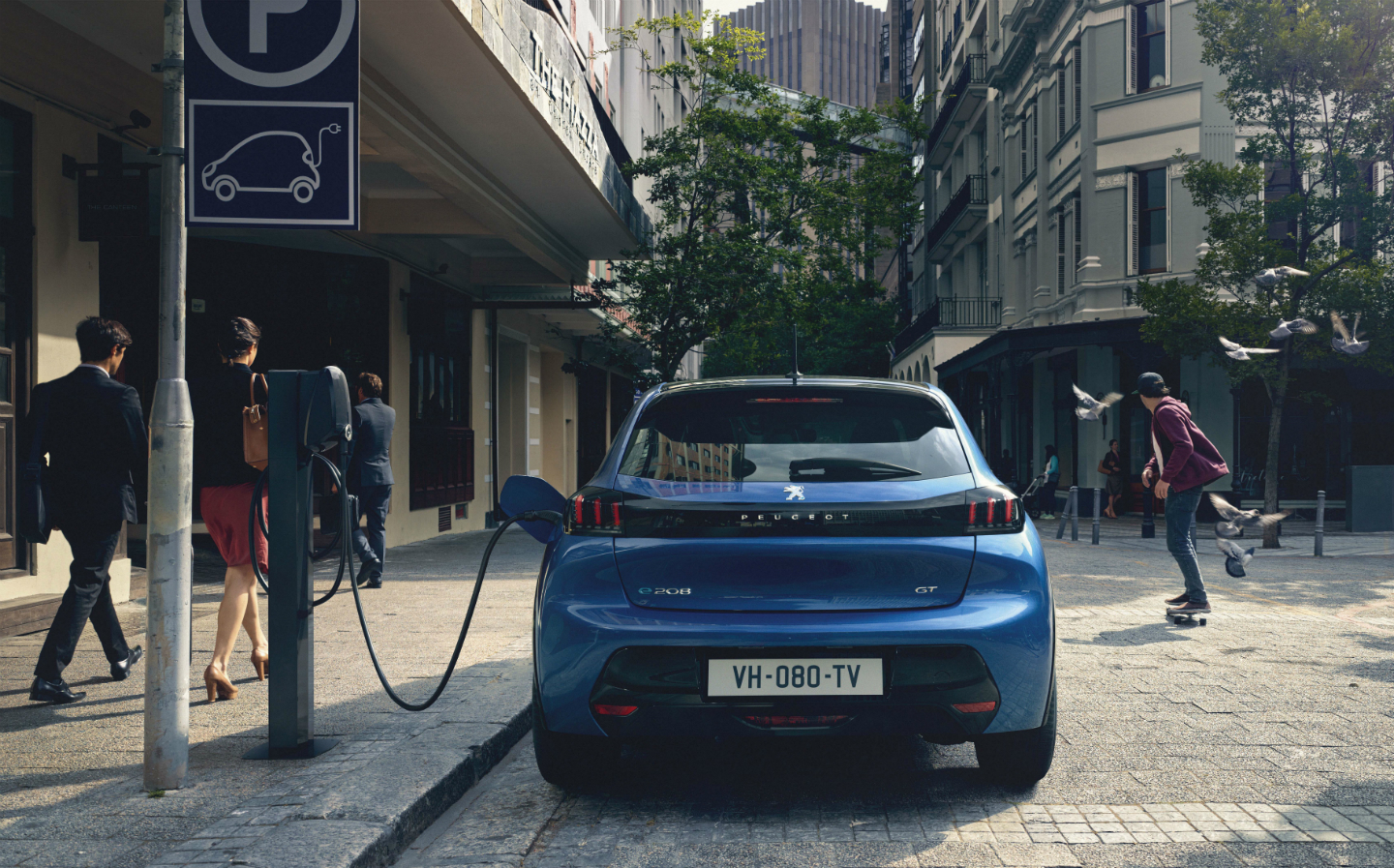Is now the time to buy an electric car?
Electric dream or motoring nightmare?
There’s still a lot of suspicion around pure-electric vehicles (EVs), and for some car buyers they’re not the answer. But the number of electric cars on sale is increasing rapidly, and so is their appeal, meaning many drivers are taking the plunge.
In 2022, electric cars made up 16.6 per cent of all new cars sold, up from 6.6 per cent in 2020 — a massive 147 per cent increase in total sales in two years. Improvements in battery technology are reducing costs and charging times, as well as increasing energy density (and therefore how far they can travel per charge).
Eyebrows were raised when it was revealed that the UK’s second-best-selling car in 2021 (of any kind) was the pure-electric Tesla Model 3, while the appearance of the firm’s Model Y crossover as the UK’s third biggest seller in 2022 proves that the desire for premium EVs is high, even if petrol models remain dominant in terms of total sales for the time being.
So, with EVs on the rise ahead of the ban on the sale of new petrol and diesel cars in 2030, we ask: is now the right time to buy an electric car?
How much does an electric car cost?
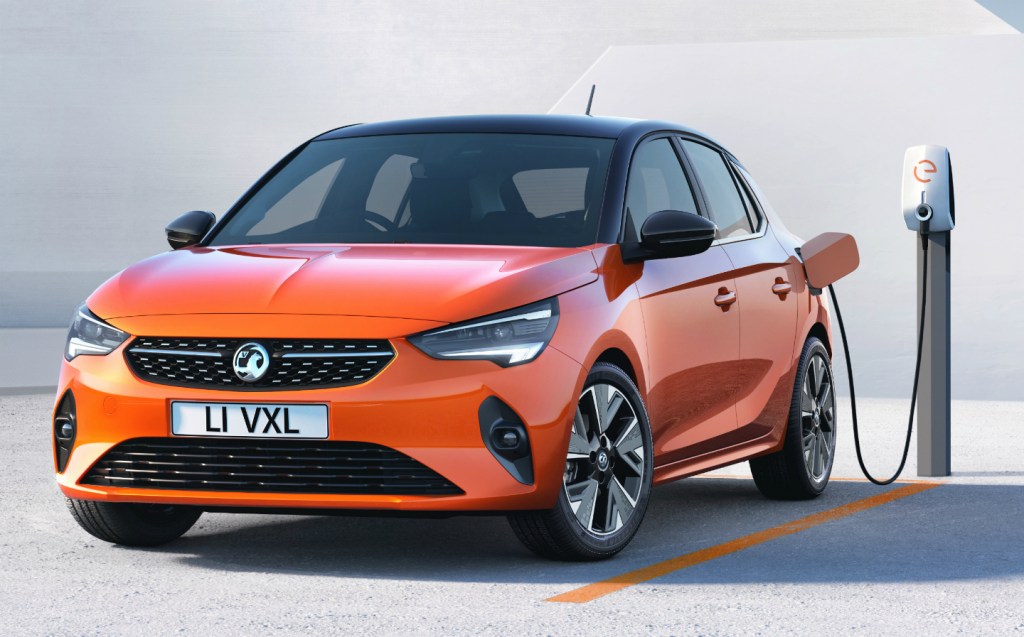
Electric vehicles are still more costly to buy new than internal-combustion alternatives. A Vauxhall Corsa e, for example, is around £5,000 dearer than an equivalent Corsa with a petrol engine. This is because battery packs are costly to manufacture at present.
However, car makers are offering great deals on new electric cars and eventually there will be cost parity: according to Bloomberg, a battery pack in 2021 was responsible for 30% of an electric car’s cost, down from an estimated 57 per cent in 2015. Some car makers — Nissan, for example — predict that that parity will finally be achieved by around 2028.
A few years ago, buyers were also put off by the potential rapid depreciation of electric cars. Some thought values would sink like a stone as soon as the car was driven away from a dealer, and drop further, faster than those of internal combustion engine (ICE) cars.
However, this has proved not to be the case because battery packs are not deteriorating as fast as expected, and because electric cars are still relatively scarce. By some estimates, electric cars now retain their value better than ICE cars, and premium models such as Teslas, which are some of the most popular electric cars, are holding their value extremely well.
Are there grants available to buy an electric vehicle?
Sadly not. The Plug-in Car Grant (PiCG) was axed in 2022, with the Department for Transport hailing “the success in the UK’s electric car revolution” as the reason for the move — essentially suggesting that the lower running costs of electric vehicles made them attractive enough to buyers on their own.
With the government continuously scaling back the scope of the PiCG, the final blow for the grant wasn’t unexpected, but it still drew the ire of motoring groups and industry figures who said that the inflated prices of EVs meant that buyers still needed government support in convincing them to make the switch.
When it was launched in 2011, a year after Nissan introduced the pioneering Leaf hatchback, the PiCG involved a government subsidy of 25 per cent of the price of a pure-electric, plug-in hybrid or hydrogen fuel cell car, up to a maximum of £5,000.
This was reduced to £4,500 in 2016, or just £2,500 for plug-in hybrids (PHEVs), and then again in 2018 to £3,500 for pure-electric models, with PHEVs receiving zero contribution.
It was cut again in the Spring 2020 Budget to £3,000, with a new caveat that pure-electric cars costing more than £50,000 were no longer eligible (ending what the government labelled the “Tesla subsidy” — cut-price cars for wealthy drivers).
On March 18 2021 it was cut even further to £2,500, with the upper threshold dropped to EVs worth less than £35,000, then in December it was slashed again, finally only offering prospective EV buyers just £1,500 and only being applicable to the small number of EVs costing less than £32,000.
What are the running costs of an electric car?
Electricity costs
Even with the Plug-in Car Grant gone, electric vehicles still offer plenty of other financial benefits. Electricity costs vary depending on supplier and tariff but, even with energy costs having soared in the past year due to a range of factors including the knock-on effects of Russia’s invasion of Ukraine, in general if you charge your car at home, the cost per mile is still significantly less than that of a petrol or diesel vehicle.
London Congestion Charge
At present, electric cars don’t attract any Vehicle Excise Duty (VED, often referred to as “road tax”) for the first year of ownership, and if you live in London you’re exempt from fees in the Ultra Low Emissions Zone (ULEZ) and Congestion Charge zone, too; a saving of £27.50 per day.
In November 2022 the Chancellor announced that the VED exemption for electric vehicles would end in April 2025. It had previously been announced that the Congestion Charge exemption would apply until December 25 2025, when electric vehicles will also be required to pay to enter the zone.
Company car benefits
If you’re considering getting an electric model as your company vehicle, it’s also worth bearing in mind that Benefit-in-Kind tax is still just two per cent on electric vehicles — up from one per cent last year and zero per cent in 2020. That’s compared to at least 14 per cent on cars with more than 50g/km of carbon emissions.
Looking at what was once a perennial company car favourite, the 2-litre diesel Skoda Superb now attracts a 38 per cent BiK tax rate versus a mere 2 per cent for a pure-electric vehicle in the 2022-23 tax period — a rate due to remain in place until 2025.
Servicing and maintenance
Maintenance costs should be lower because an electric car is relatively simple. Aside from checking the brakes and tyres regularly, and filling up the screen wash, there’s relatively little to maintain: no oils or filters, no turbochargers or transmission to go wrong. So far, electric motors themselves seem to be very reliable — there’s effectively only one moving part.
That said, car makers will check a number of things relating to the high voltage system and electrical brain of the car. For a full list of checks, click here.
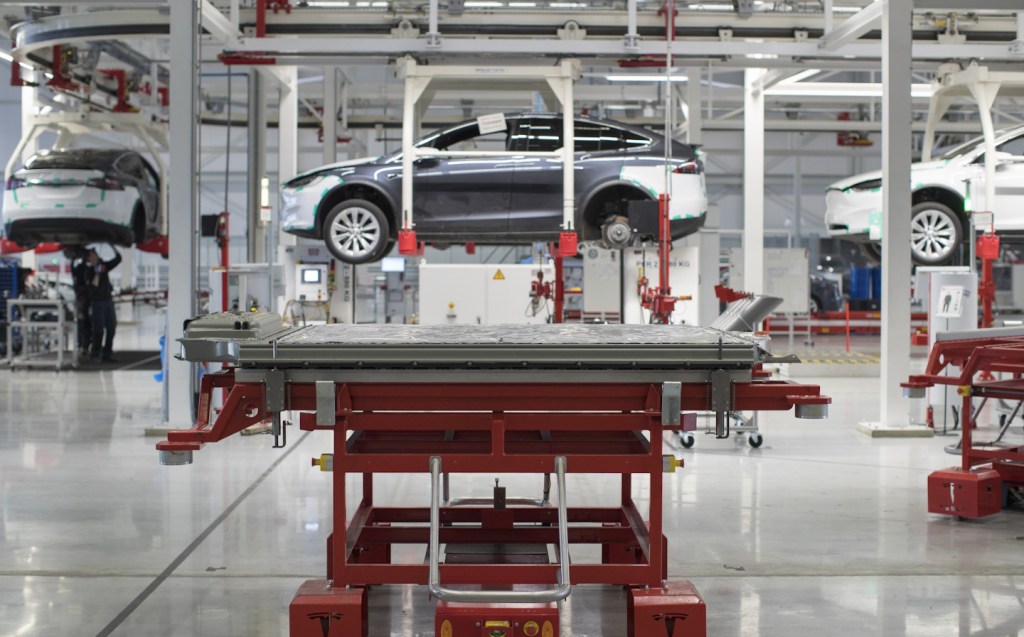
Battery replacement
It’s the cost of a replacement battery pack that puts off a lot of potential EV buyers, but there might be little to worry about on this front, too. Some EVs come with leased batteries, so they’ll just be replaced if necessary. When bought, most batteries have a warranty of around eight years or 100,000 miles (whichever comes first).
If you do need to fit a new battery pack you’ll potentially have to stump up some eye-watering amounts of cash. Manufacturing the 80.5kWh battery in a Tesla Model Y reportedly costs Tesla $9,250 (£6,670). Smaller batteries will obviously be cheaper to replace, but you’re still looking at £4,900 to replace the 40kWh battery in a Nissan Leaf hatchback.
Replacing the whole battery pack may not be necessary, though. Diagnostic software can trace problems to the failure of individual modules (groups of cells), which can be swapped out for new ones in the original pack. The cost of this will be much less than buying a new pack, though how much will vary, and you’ll need to pay for more than just the new modules: the process involves removing the pack from the car, opening up the case, replacing the faulty module(s) and then sealing the pack again to ensure no moisture can get in (there are strict safety rules on immersion in liquids).
The other option is simply to keep running the car with reduced range. Reliability after years of use seems to be pretty good and owners generally don’t complain of significant fade from older models, unless they’ve been poorly looked after.
Keeping the battery between 20% and 80% charged is generally considered the optimum window of operation, though carmakers build in extra capacity at the top and bottom end of the maximum available to drivers as a buffer, to ensure longevity of the battery.
How far can electric cars travel per charge?
There’s no escaping the fact that electric cars can be less convenient than internal combustion-engined alternatives. They often have a shorter range before they have to be refuelled (i.e. recharged), and that process takes significantly longer than putting liquid fuel in a tank.
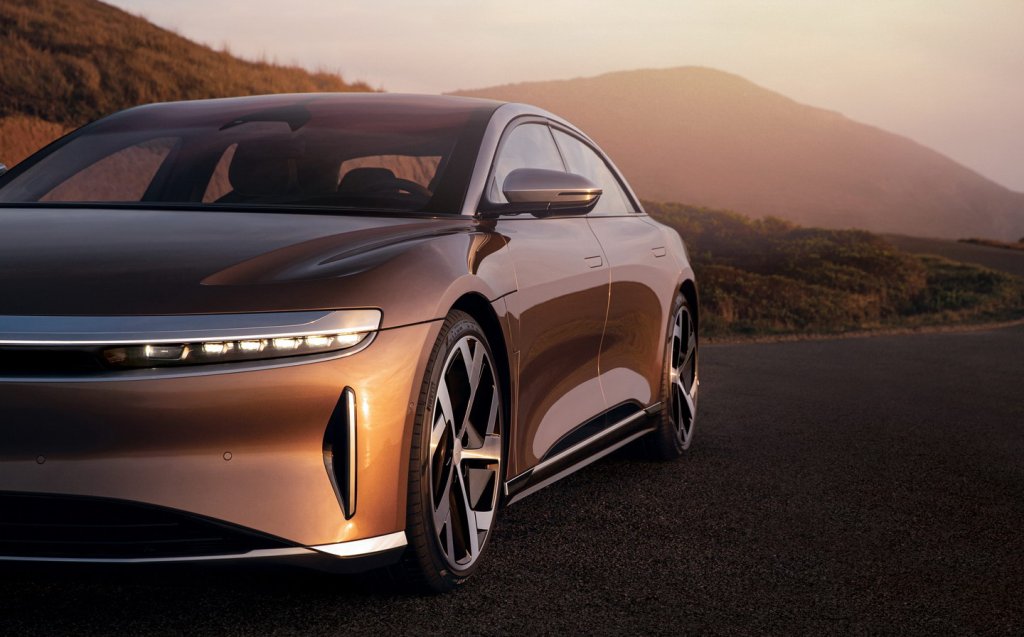
However, range is also improving significantly; the Mercedes EQS can manage 479 miles on a single charge, while the Lucid Air (not yet on sale in the UK) can achieve a staggering 520 miles.
Those two are expensive electric cars, but even the MG4, which costs just under £26,000, can manage more than 250 miles between charges.
How quickly can electric cars recharge?
More important for many owners than how far their car can travel on a single charge is how fast it can recharge. There are an increasing number of ultra-rapid 350kW chargers that will top up compatible cars such as the Porsche Taycan and Hyundai Ioniq 5 from 10 per cent to 80 per cent in under 20 minutes.
But even a Peugeot e-208 will charge to 80 per cent in 30 minutes, and a Mini Electric, with a range of up to 145 miles (more like 120 in the real world) will rapid charge to 80 per cent in 36 minutes.
With more “destination chargers” popping up at pubs, supermarkets and cafes, it’s surprisingly convenient to top up while getting on with other activities — you don’t need to sit in the car twiddling your thumbs.

Charging point location service ZapMap says that at the time of writing (February 2023) there are more than 62,000 connectors in the UK at 22,355 locations. Not all are operational all the time, admittedly, and some networks are more reliable than others — electric car drivers become used to having back-up plans for recharging while away from home, in case a charger is out of service or being used.
If you can charge at home the power supply is slower, but cars spend hours sitting on driveways and in garages not moving anyway — they may as well be plugged in and charging up.
Car makers will often install a home charging wall box at your house for little extra cost, charging at 7kW or even 11kW in some cases, which allows a recharge from flat in around five to 12 hours depending on the size of the battery. Generally speaking, when most electric car drivers get to their car in the morning it has a fully-charged battery.
So should I buy an electric car?
An electric car can make sense for a lot of people, even today. We tested a Mini Electric for six months, relying entirely on public charging infrastructure (no home charging), and found that it is was possible and not that inconvenient (though can be a fair bit more expensive).
Buy new and the costs are still high, but they’re becoming more reasonable, and with low running costs you may find you actually save money over three years. It’s especially beneficial if you’re a company car driver, due to the excellent BiK rates. Private buyers may find leasing convenient.
With the surge in electric vehicle sales over the last few years, more are making their way to the second-hand market, meaning that used EVs are potentially a good option for those whose budget won’t extend to something brand new. A glut of EVs coming to the end of their leases has seen plummeting second-hand values for some EVs (the Tesla Model 3, for instance), and while that’s obviously bad news for sellers and those buying new, it’s potentially very good for those searching for a second-hand electric car.
But EVs aren’t necessarily right for everyone right now, due to up-front costs, types of car available and types of driving required — if you’re an executive who drives the length of Britain a couple of times a week, a diesel car may still be the best option.
We’d recommend an extended test drive of an EV that interests you, or even a short-term lease through a company such as OnTo, Elmo or Electric Zoo, so that you can see if the car fits into your lifestyle and get a feel for costs and convenience.
What electric cars are available to buy?
The years 2021 and 2022 saw the arrival of a number of accomplished and well-received new electric models. In fact, such is the proliferation now of fine electric cars that nearly every category now features at least one electric model (although electric sports cars and large SUVs are still few in number).
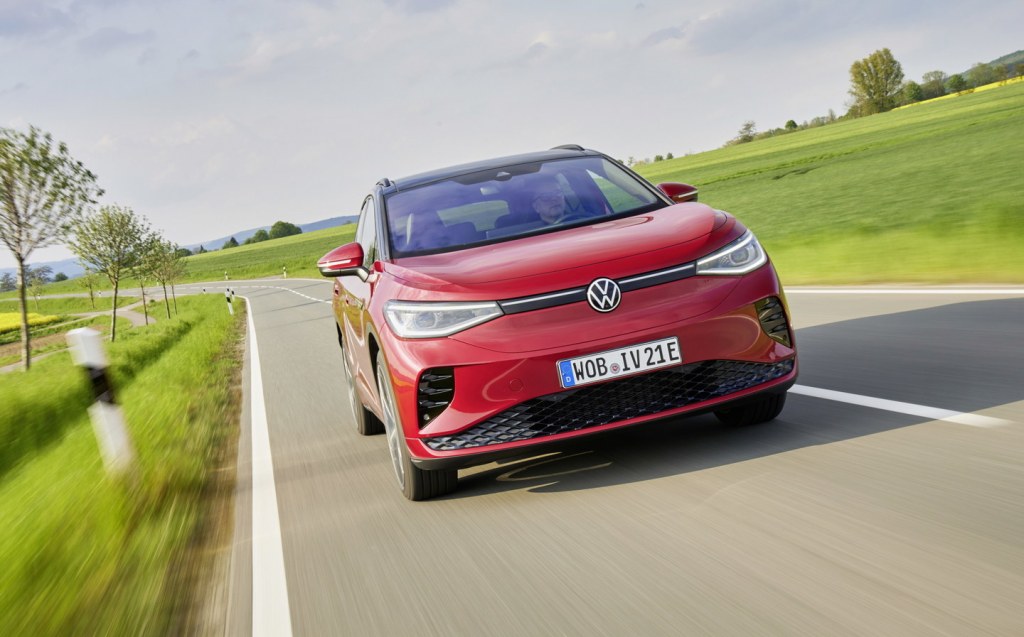
Buyers in search of a mid-sized family crossover are particularly well catered for, with some of the best electric cars out there including:
With prices for the Enyaq starting from almost £35,000, these models will still be too pricey for some wishing to make the EV switchover. The good news, however, is that there are still excellent cars on the market in a lower price bracket. Some of these models include:
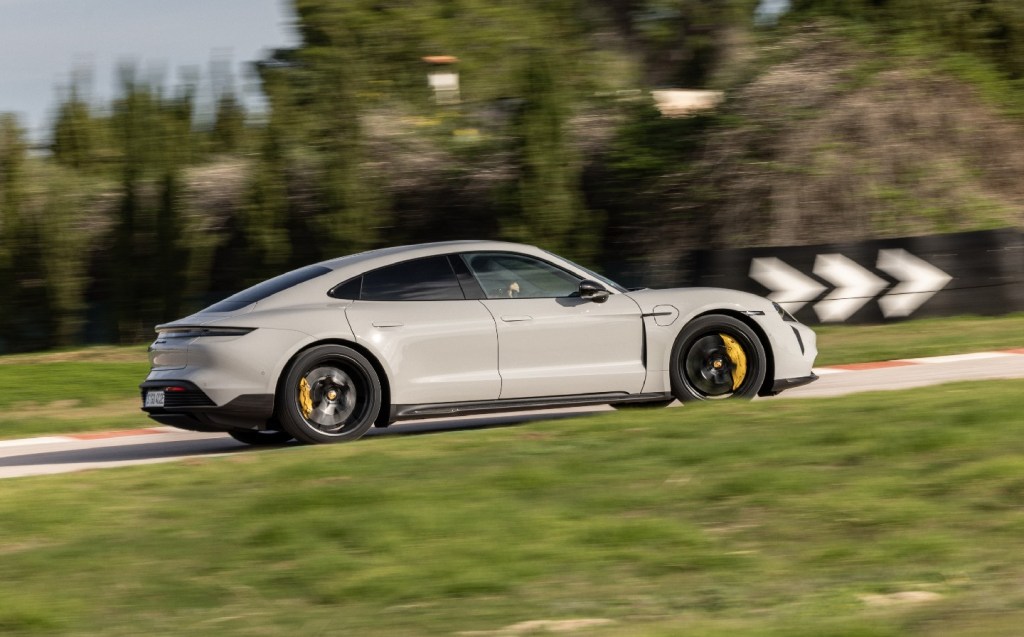
Those shopping at the premium end of the market are spoiled for choice with desirable models such as:
- Tesla Model 3
- Porsche Taycan and Taycan Cross Turismo
- Audi e-tron GT
- Mercedes-Benz EQS
- Jaguar I-Pace
- BMW iX
What’s coming in 2023?
This year isn’t set to see quite so many buzzy new EV launches as previous years, but there are still a number of exciting (and not-so-exciting) models either set to be unveiled or due to come to market, including:
- Hyundai Ioniq 6
- Polestar 3
- Rolls-Royce Spectre
- Lotus Eletre
- Vauxhall Astra Electric
- Maserati GranTurismo Folgore
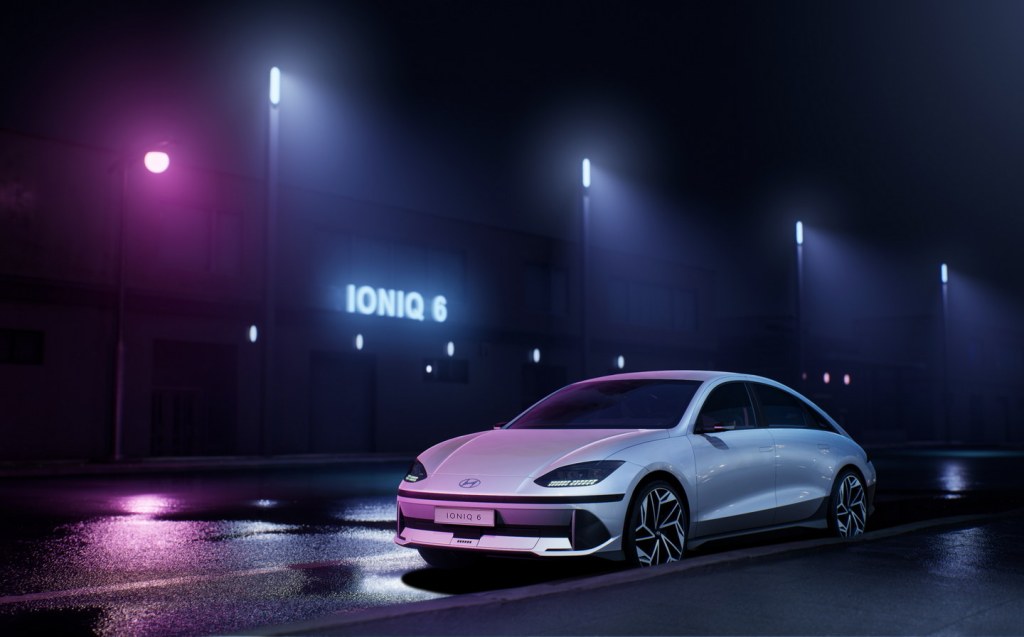
The EV market is expanding all the time and there are plenty of vehicles on sale other than the ones mentioned above.
Whereas in the early days electric cars tended towards the eminently sensible (the Nissan Leaf and Renault Zoe for example), these days there are cars available to suit not just a wide range of budgets and lifestyles, but tastes too.
Buying an electric car
Right now, EV buyers are facing the same problems as the rest of the car-buying public.
The ongoing hangover from a global chip shortage means that manufacturers still can’t get cars out the factory door and onto dealer forecourts as fast as they’d like, meaning that there’s a shortage of stock at the dealers’ end.
While many buyers will be content to choose from alternative models that the dealer has on the lot, for a variety of reasons that stock just doesn’t seem to be there for EVs.
Those looking to buy a new electric vehicle with a specific level of equipment may have to wait at least six months for their car to be delivered from the factory, though lead times of eight to twelve months are also possible.
What to look out for when buying a used EV
Most of the same caveats apply when buying a used EV as when buying any other car.
If you’re buying an EV, you need to be sure that it suits your lifestyle. Is the kind of mileage you regularly cover conducive to EV ownership, for example? Will you easily be able to charge the battery at home or work?
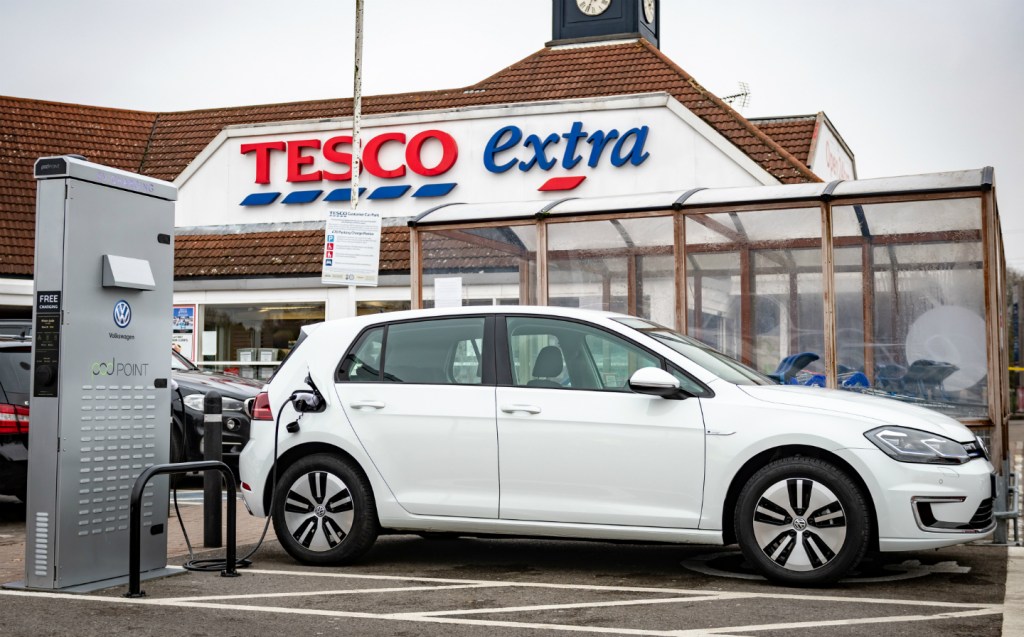
Assuming that an electric vehicle ticks all your lifestyle boxes, it’s important to check the overall condition of the vehicle, ensuring there’s no crash damage or excess wear-and-tear on the interior.
In cars of this age, a full service history isn’t a big ask, so always look for one as it will give you a good idea of how well the car has been maintained and if recall work and software updates have been completed.
Herein lies one of the biggest advantages of EV ownership — the cars themselves have very few moving parts and the ones they do have need little in the way of maintenance. That said, be sure that tyres, brakes and suspension components are in good condition as these can wear out the same way as any other car.
As for batteries, most should retain at least 80% of their original capacity for the first eight years of use and many are warrantied as such. Make sure this is the case as a battery that doesn’t have at least 80% of its capacity won’t achieve the kind of high-discharge, rapid-recharge needed for regular use.
Luckily, recent studies suggest that EV batteries only degrade by around 2.3% per year of use, so early horror stories of batteries becoming knackered after two or three years don’t reflect the normal case.
But battery condition will vary depend on how it’s been treated; previous owners who have left the car drained for extended periods of time may have negatively affected the battery life, and vehicles that have been kept in especially cold or hot climates may also have been affected. Check the estimated range of the car with a full battery versus the manufacturer claim when new.
Related articles
- If you want to find out what it’s like to live with an electric car, read our extended test of the 2020 Mini Electric
- If you answered yes to the question “Should I buy an electric car?”, you might want to read about all the car makers’ electric car plans
- Want to know which electric cars can travel the furthest between charges? Take a look at the top 10 electric cars for range
Latest articles
- Lewis Hamilton wants to design a modern day Ferrari F40 with manual gearbox
- Dacia Bigster 2025 review: The ‘anti-premium’ family SUV that punches above its weight
- Your car’s worn tyres could be being burnt illegally in India, investigation reveals
- Open-top 214mph Aston Martin Vanquish Volante is world’s fastest blow-dry
- F1 2025 calendar and race reports: The new Formula One season as it happens
- Alfa Romeo Junior Ibrida 2025 review: Hybrid power adds an extra string to crossover’s bow
- Top 10 longest-range electric cars: all with over 400 miles per charge (officially)
- Renault 5 Turbo 3E ‘mini supercar’ confirmed with rear in-wheel motors producing 533bhp … and insane levels of torque
- British firm Longbow reveals ‘featherweight’ electric sports cars with 275-mile range


